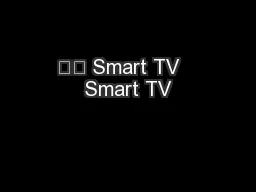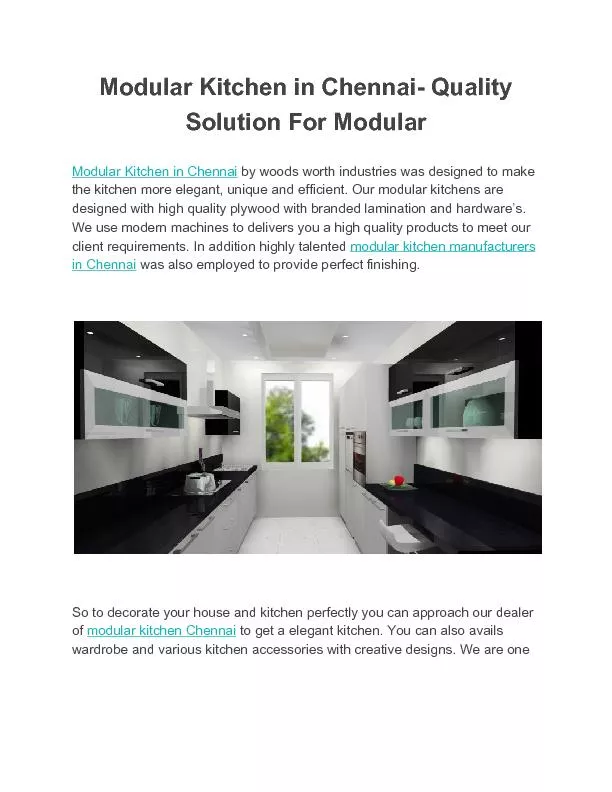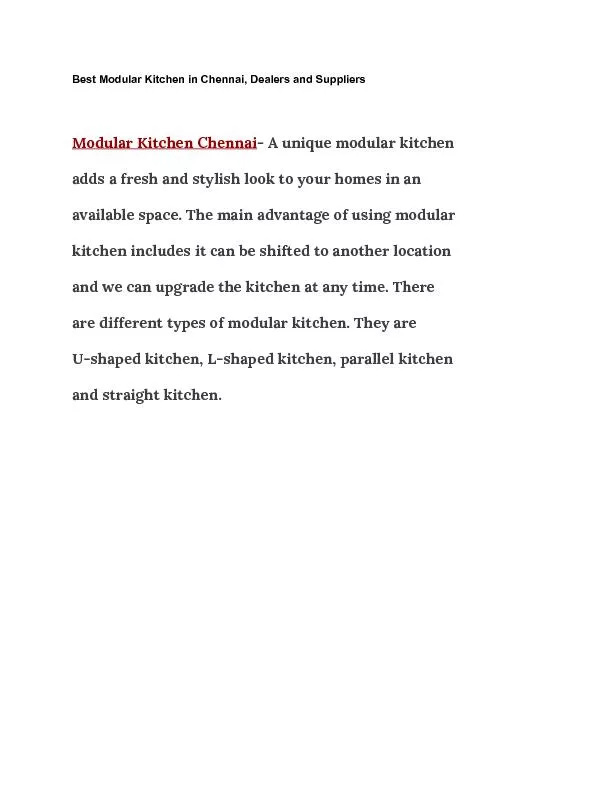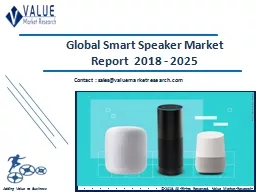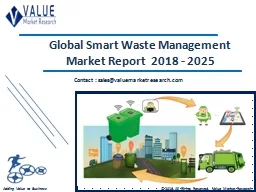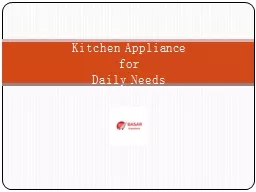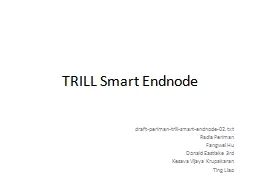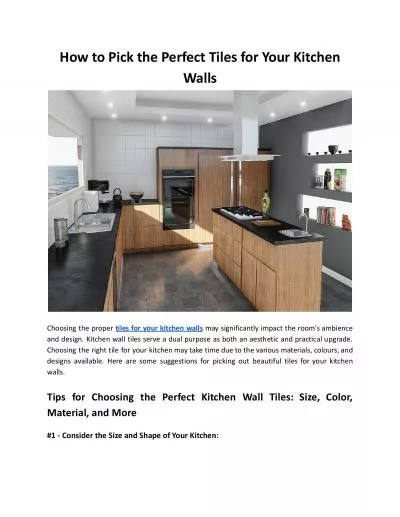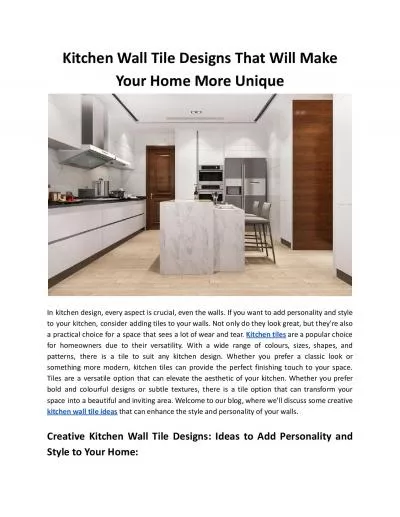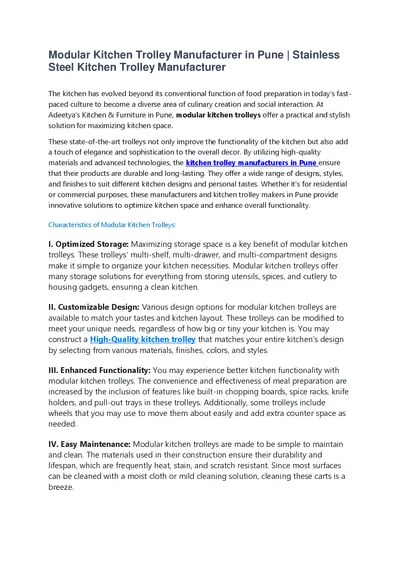PPT-Smart Kitchen
Author : tatiana-dople | Published Date : 2017-07-06
Ambient Assisted Living Ameya Daphalapurkar 17 January 2014 wwwmdpicomjournalsensors ISSN 14248220 Article A Smart Kitchen for Ambient Assisted Living Rubén
Presentation Embed Code
Download Presentation
Download Presentation The PPT/PDF document "Smart Kitchen" is the property of its rightful owner. Permission is granted to download and print the materials on this website for personal, non-commercial use only, and to display it on your personal computer provided you do not modify the materials and that you retain all copyright notices contained in the materials. By downloading content from our website, you accept the terms of this agreement.
Smart Kitchen: Transcript
Download Rules Of Document
"Smart Kitchen"The content belongs to its owner. You may download and print it for personal use, without modification, and keep all copyright notices. By downloading, you agree to these terms.
Related Documents




